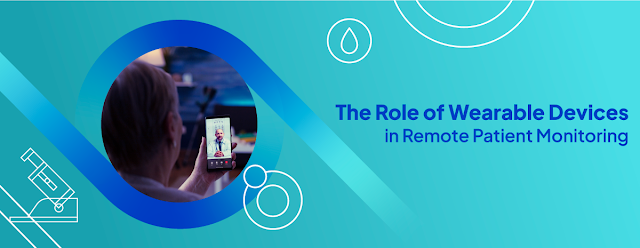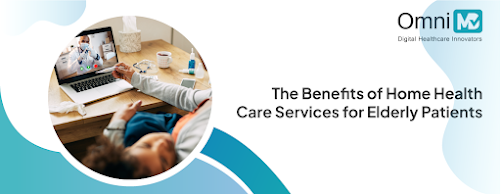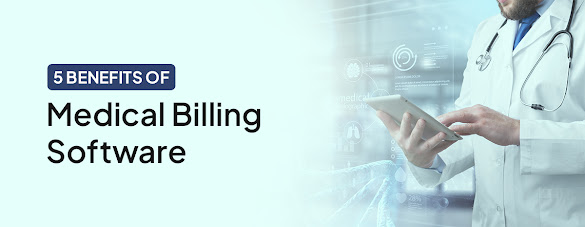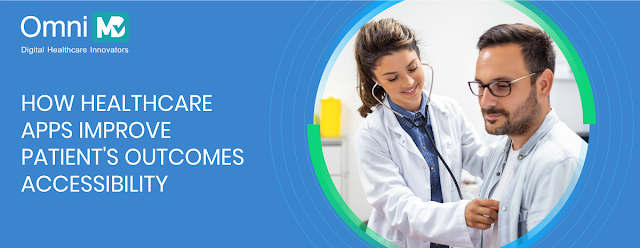The Role of Wearable Devices in Remote Patient Monitoring
Wearable technology is not new.
Although it seems it is a product of recent years, it has a rich history that dates
to several centuries. Let us briefly understand a bit about wearable devices
and how they have been helpful in Remote Patient Monitoring Services in
the present times.
The Evolution of Wearable
Devices
It can be safely said that one of
the first wearable devices that humankind has known since the 17th
century is the pocket watch. More recently, in 2002, the Bluetooth headset
marked the beginning when wearables started becoming more accepted. GoPro
revolutionized wearable cameras in 2004, while Fitbit paved the way for
wearable technology for health-conscious users. Today, wearable technology
ranges from fitness trackers to smartwatches. They monitor aspects such as
heart rate and sleep patterns. More advanced wearables include specific ECG
monitors that even help track atrial fibrillation. The explosion in wearables, especially
in recent times, has become possible thanks to advancements in technology, such
as increased miniaturization and improved battery life. Earlier, wearables were
standalone devices. However, they are a part of a broader ecosystem today. They
involve IoT, cloud computing, artificial intelligence (AI), and machine
learning.
What is Remote Patient
Monitoring (RPM)
Remote Patient Monitoring
(RPM) is a relatively novel approach in healthcare. It leverages digital
technologies to collect health information from individuals in one location and
transmit it to a healthcare facility in a different location. Although the
location may be geographically distant from the patient, the healthcare
facility remotely monitors the patient's health and other vital parameters.
This helps the provision of care beyond the constraints of traditional
healthcare facilities. Conventionally, RPM involves three main steps:
- Collection of healthcare data from the
patient:
The patient has a wearable device that can track various healthcare parameters. These variables include heart rate, blood pressure, glucose levels, and oxygen saturation. Therefore, the data can provide a comprehensive and continuous representation of a patient's health that would be difficult to achieve in a traditional healthcare setting.
- Transmission of data to a healthcare provider:
With the help of wireless connectivity, it is possible to send collected data to the healthcare provider in real time. A device such as a smartphone acts as an intermediary to forward the data to the healthcare provider's system. With the help of specialized software, it is possible to monitor a patient's health status and determine any existing abnormalities.
- Analysis of relevant data
Doctors use the results analyzed to inform the patient of any treatment decisions. It is also possible to deploy unique artificial intelligence (AI) and machine learning algorithms so that patterns and potential health risks can be identified. This also helps advance the cause of proactive care.
Wearable Devices and Remote
Patient Monitoring
Wearables have now made inroads
into the healthcare sector. Here, their role has been transformative. Rather
than just providing simple fitness tracking solutions, these devices are being
used to monitor patients remotely and in telehealth. This has led to a more
personalized and effective form of patient care. Today, such devices measure
more than heart rate and track steps. They are a blend of various technological
components that are designed to collect, transmit, and analyze data. Sensors
within wearable devices help monitor physiological parameters such as blood
pressure, heart rate, body temperature, and glucose levels. These sophisticated
sensors help these devices perform a wide range of health-related
functions.
Future Trends for Wearable Technology in Healthcare
The future holds great promise
for wearable technology as the technology is set to become even more relevant.
Advancements in sensor technology and related areas, such as artificial
intelligence, will help wearable technology take on a whole new meaning. The
capabilities of wearables will continue to expand as new possibilities emerge
for improving health outcomes and quality of life.
Conclusion
Today, wearable devices have
revolutionized Remote Health Monitoring. They have made it more
efficient and patient-friendly. Now, the focus is on making treatment more
proactive. The emphasis is on prevention and earlier intervention by providing
real-time and continuous health data. This helps doctors monitor the health of
their patients remotely. At the same time, they can intervene in a timely fashion
and deliver more effective care. The concluding question is when the right time
is to embrace RPM.
The time is ripe for healthcare
providers and patients to embrace wearables in RPM and related technologies.
Innovators, too, need to push boundaries and address challenges to drive
healthcare boundaries further. OmniMD’s
RPM platform is designed to empower healthier behaviors and reduce the
financial strain on patients, healthcare providers, and related stakeholders.
This technology is a convenient option that helps provide the level of care you
need from the comfort of your home. Contact us to learn more!




Comments
Post a Comment